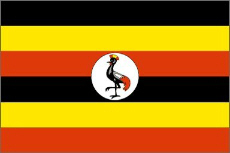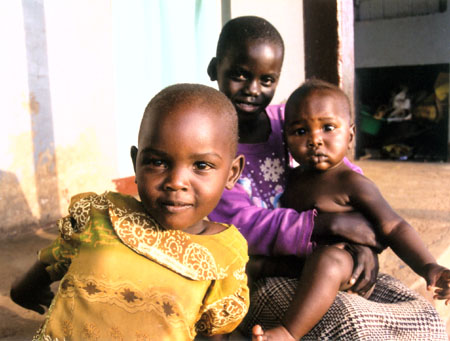| |


Uganda
is one of the few African countries where rates of HIV infection
have declined, and it is seen as a rare example of success in a
continent facing a severe AIDS crisis. Uganda's policies are
credited with helping to bring adult HIV prevalence (the proportion
of adults living with HIV) down from around 15% in the early 1990s
to 5% in 2001. Uganda's appoach has been succesful due to
communication, community action, fear, simple messages &
political openess. Even though HIV prevalence in Uganda is much
lower than it once was, it still remains very high, and AIDS is
still claiming tens of thousands of lives each year. Such a severe
epidemic has a considerable social and economic impact. As AIDS
usually kills young adults, it depletes a country's labour force,
and weakens educational and health services. Deaths among young
adults also leave behind thousands of orphaned children and
grandparents, placing an additional burden on the community or the
state.

Full country name: Republic of Uganda
Capital: Kampala
Area: total: 236,040 sq km
Population: 28,195,754
People living with HIV/AIDS: 530,000 (2001 est.)
Major infectious diseases: degree of risk - VERY HIGH
Food or waterborne diseases: bacterial diarrhea, hepatitis A, and typhoid fever
vectorborne diseases: malaria and African trypanosomiasis (sleeping sickness) are high risks in some locations
water contact disease: schistosomiasis (2005)
Language:English (official national language, taught in grade schools, used in courts of law and by most newspapers and some radio broadcasts), Ganda or Luganda (most widely used of the Niger-Congo languages, preferred for native language publications in the capital and may be taught in school), other Niger-Congo languages, Nilo-Saharan languages, Swahili, Arabi.
Religion:Roman Catholic 33%, Protestant 33%, Muslim 16%, indigenous beliefs 18%Language:
Government:republic
Climate: temperate; tropical; generally rainy with two dry seasons (December to February, June to August); semiarid in northeast
Natural resources: copper, cobalt, hydropower, limestone, salt, arable land
Major Industries: coffee, fish and fish products, tea, cotton, flowers, horticultural products; gold
Imports partners:Kenya 32.3%, UAE 7.3%, South Africa 6.5%, India 5.8%, China 5.6%, UK 5.1%, US 4.8%, Japan 4.8%
|
|

